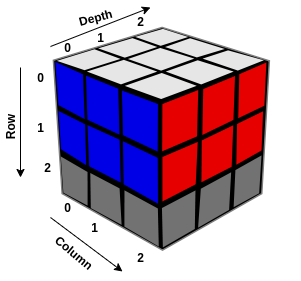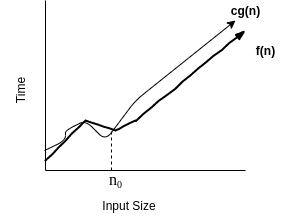2D Array Implementation
Let's do the implementation and understand it in a deep-dive. We will go step-by-step and implement the most useful method. Declare and Initialization Phase- O(1) private int currentRow = 0 ; private int currentColumn = 0 ; private int maxRow , maxColumn ; private int [][] nums ; private int maxElement ; public MultiDimensionArray( int maxRow, int maxColumn) { this . maxRow = maxRow; this . maxColumn = maxColumn; nums = new int [maxRow][maxColumn]; maxElement = maxRow*maxColumn; } Add Element- O(1) public void add( int value) { if (size() <= maxElement ) { if ( currentColumn <= maxColumn - 1 ) { nums [ currentRow ][ currentColumn ++] = value; } else { if ( currentRow < maxRow - 1 ) { currentRow ++; currentColumn = 0 ; } nums [ currentRow ][ currentColumn ++] = value; } } else throw new ArrayIndexOutOfBoundsException(); } Update th...



